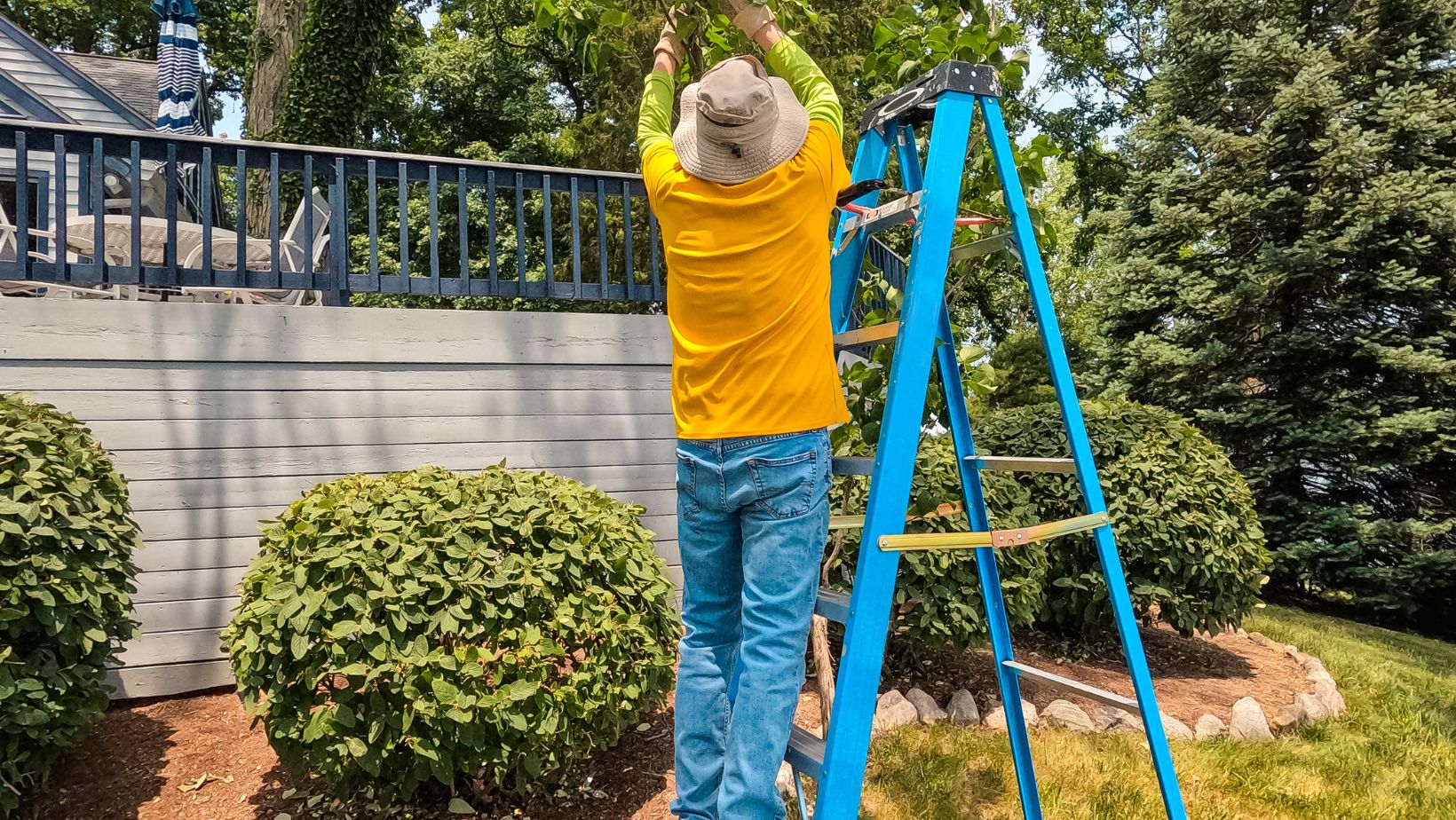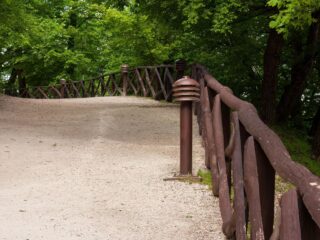
Homes across various regions enjoy four distinct seasons, and each interval brings unique conditions that affect yards and gardens. A well-maintained landscape not only enhances curb appeal but also boosts property value and cultivates an inviting outdoor environment. By breaking down yard care into seasonal tasks, homeowners can enjoy a flourishing yard all year while reflecting the best principles of Edmonton landscape design.
Seasonal yard care is about more than keeping lawns tidy—it protects plant health and ensures soil stability through temperature fluctuations. The climate includes harsh winters, warm summers, and transitional shoulder seasons that can quickly stress grass, trees, and shrubs. Designing an action plan for each phase of the year is the first step toward a landscape that remains vibrant, incorporating the principles of Edmonton landscape design to ensure both aesthetic appeal and functionality.
Spring: Refreshing Your Yard
When temperatures start to rise and frost recedes, it’s time for a thorough yard cleanup. Begin by removing debris such as leaves and branches that have accumulated over winter. Light pruning encourages healthy growth in young branches and prevents any lingering cold damage from spreading. Additionally, consider applying a balanced fertilizer before the peak growing season. This helps strengthen lawns and garden beds for summer.
Integrate native, cold-tolerant plant varieties to complement the aesthetic while aligning with Edmonton landscape design principles. Early-season tasks are vital in laying a robust foundation for the warmer months. Ensuring your plants have a strong start can lead to healthier growth throughout summer.
Summer: Sustaining Healthy Growth
Come summer, consistent temperatures and ample daylight support plant growth. Make the most of warmer conditions by establishing a regular watering routine that suits the semi-arid environment typical of certain regions. Early morning or late evening watering helps reduce moisture loss through evaporation.
Focus on efficient irrigation systems, such as soaker hoses or drip lines, to reduce waste and target root zones directly. Meanwhile, keep up with weed control by mulching around plants, and mow grass regularly to maintain an ideal height. Mulch helps retain soil moisture, suppress weeds, and moderate soil temperature, all contributing to healthier, more visually appealing landscapes.
Autumn: Preparing for Colder Months
When fall arrives, leaves begin to drop, creating layers of organic material on grass and garden beds. Raking or mulching leaves not only keeps your yard neat but also prevents fungal issues that build up in wet conditions. This is also a prime opportunity to aerate your lawn, allowing oxygen and nutrients to penetrate deeper into the soil.
Following aeration, a slow-release autumn fertilizer can provide nutrients that strengthen root systems ahead of the first frost. Prune perennials and manage any lingering weeds, ensuring the yard is set for a smooth transition into winter.
Winter: Protecting Your Landscape
The winter season often brings heavy snowfall and freezing temperatures. To shield vulnerable plants, insulate their bases with mulch or straw. Delicate shrubs and young trees may benefit from protective covers that guard them from ice damage.
For pathways and driveways, opt for de-icing methods that do not rely heavily on salt, as excessive salt can harm grass and plant roots. Keep a watchful eye on snow accumulation; gently brush off heavy snow from limbs to avoid breakage.
Soil and Drainage Considerations
Healthy soil is the backbone of any thriving yard. If your yard struggles with puddles or excess runoff, assess its drainage solutions. Installing French drains or grading your property can prevent water pooling that leads to root rot.
Ensuring proper drainage is especially critical in a well-planned landscape design plan where melting snow and spring rains can threaten waterlogged soil.
Beyond Maintenance: Long-term Planning
Season-by-season maintenance lays the groundwork for healthier yards, but sustainable results benefit from foresight. Establishing a long-term schedule for soil testing, lawn treatments, and plant replacements ensures outdoor spaces continue to thrive.
Consulting experienced professionals can help tailor strategies for your yard’s microclimate and specific features, turning routine upkeep into a strategic plan.
Embracing Seasonal Yard Care
The seasonal shifts can be both challenging and rewarding for homeowners. By mastering the basics of spring cleaning, summer routines, autumn preparations, and winter protection, you can establish an outdoor environment that flourishes in every season.
Thoughtful yard care is key to enjoying a welcoming, healthy landscape all year long.






